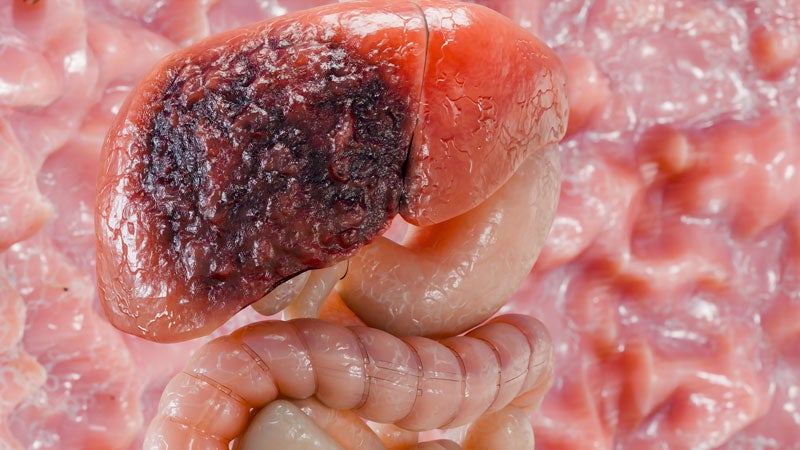The National Institutes of Health’s National Cancer Institute has awarded a five-year grant to Beatrice Riviere, Noah Harding Chair and professor of computational and applied mathematics and operations research at Rice University’s George R. Brown School of Engineering and Computing, Erik Cressman, associate professor of Interventional Radiology at The University of Texas MD Anderson Cancer Center, and David Fuentes, associate professor of Imaging Physics at MD Anderson Cancer Center, to develop math-based computational models to better understand the clinical responses to a novel therapeutic approach for hepatocellular carcinoma (HCC).
HCC is the most common type of primary liver cancer with more than half a million new cases diagnosed each year worldwide and is the second leading cause of cancer-related mortality. The type of treatment for HCC depends on the stage, size, and location of the tumor and the condition of the patient’s liver. Surgery to remove the cancer, liver transplant, radiation, chemotherapy, immunotherapy, ablation, and
embolization, a minimally invasive first-line procedure that specifically blocks off or closes off the artery
that feeds the tumor, are a few therapeutic approaches available to treat HCC.
Thermoembolization, which uses heat to block blood vessels, is a novel approach to treat HCC. In this grant, the researchers proposed to build math-based computational models to understand what happens inside the body - biochemically and physiologically - when this heat-based treatment is applied. To accomplish the project’s goals, they have assembled a multi-disciplinary team of researchers from Rice
and MD Anderson with expertise in imaging physics, mathematical modeling, numerical algorithms, interventional radiology, pathology, and biochemistry.
“We are excited and motivated by this project’s potential clinical benefit to those suffering from HCC,” said Fuentes. “Mathematical models are an essential step in bringing to life Dr. Cressman’s vision of using thermoembolization to improve patient care. Developing accurate mathematical models will require combining the numerical method expertise of Dr. Riviere and her team at Rice with the imaging and experimental data we obtain at MD Anderson.”
These models will consider various factors such as a patient’s unique anatomy, stage and extent of cancer, their physiological and biochemical status, and are expected to present physicians with customized treatment plans that offer better outcomes for each patient.
“We propose formulating new mathematical models to predict the physical behaviors of chemical species impacted by this treatment. This approach will offer deeper insights into how the treatment works at a fundamental level and help us improve how it’s delivered to patients," said Riviere. “This collaborative project between Rice and MD-Anderson is a perfect example of solving for greater good.”
Body
Rice and MD Anderson researchers collaborate to improve a novel treatment for liver cancer
New mathematical models improve thermoembolization to treat hepatocellular carcinoma

